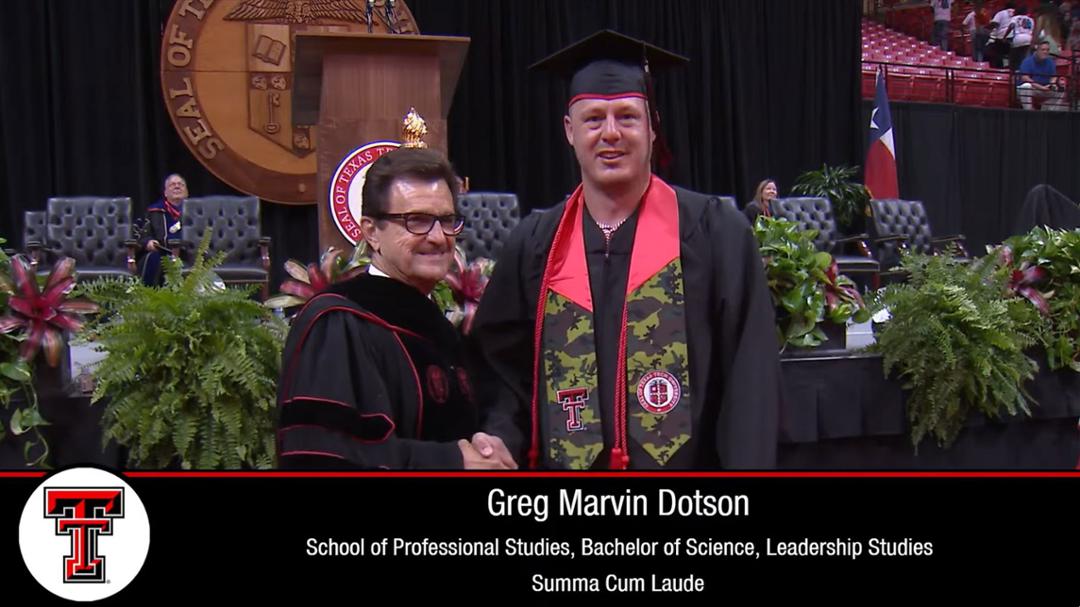Retired Army medic Greg Dotson found finishing his college degree through the $10K Completion Program “easy” after overcoming much greater trials.
(Approximately 1,700 to 2,000 U.S. service members suffered major amputations during combat operations in Iraq and Afghanistan between 2001 and 2010 (Operation Enduring Freedom/Operation Iraqi Freedom), according to numbers from the Department of Defense, the Department of Veterans Affairs and other independent reports. The majority of these injuries were caused by explosive devices.)
July 14, 2007. FOB (Forward Operating Base) Normandy, Muqdadiyah, Iraq.
The height of Operation Iraqi Freedom.
U.S. Army Sgt. Greg Dotson re-enlists indefinitely as the next step to be chosen for selection for Special Forces. Having already served 11 years, mostly as a medic, the 27-year-old believes he’s ready to pursue that job at a higher, more dangerous, level.
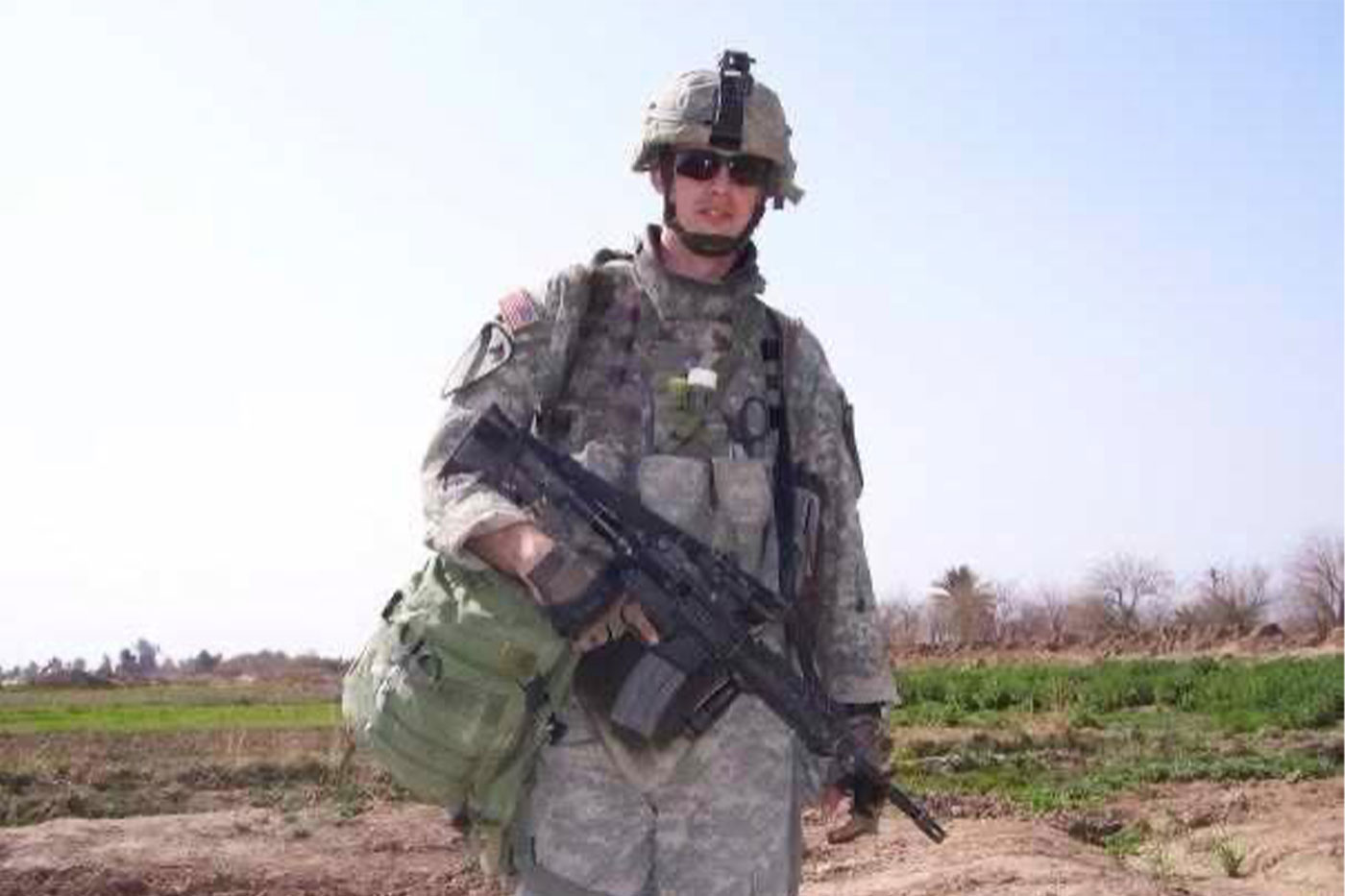
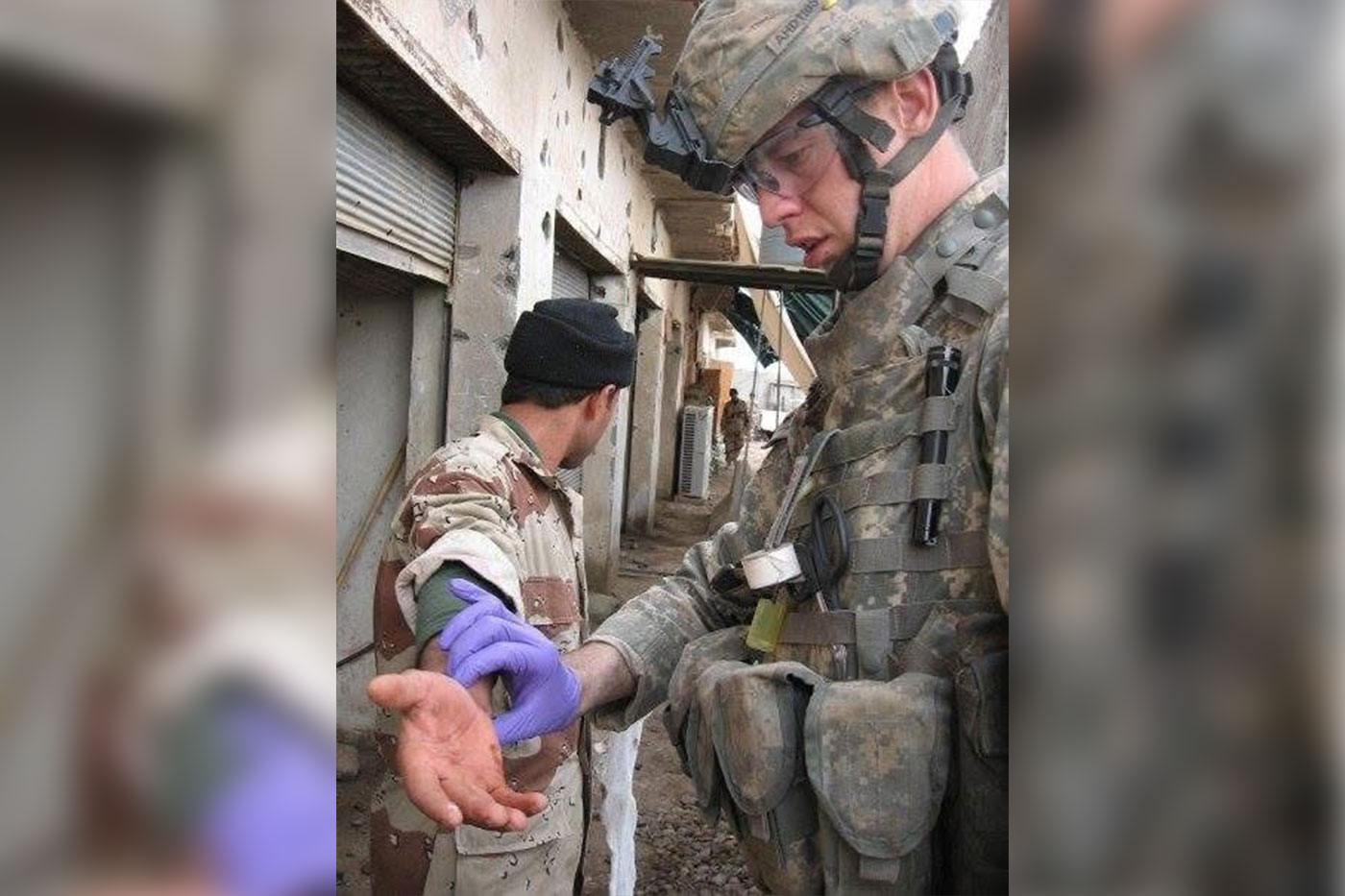
Dotson has the next day off as a reward for re-enlisting. Days off are rare. But a QRF (Quick Reaction Force) assignment comes up. QRFs go from midnight to midnight. One of the medics in Dotson’s platoon doesn’t want to do the QRF, so Dotson picks up the assignment.
“I liked QRF. It was different than standard missions,” Dotson explains. “It was always a good time – I say ‘good time,’ if you can have a good time in a war zone.”
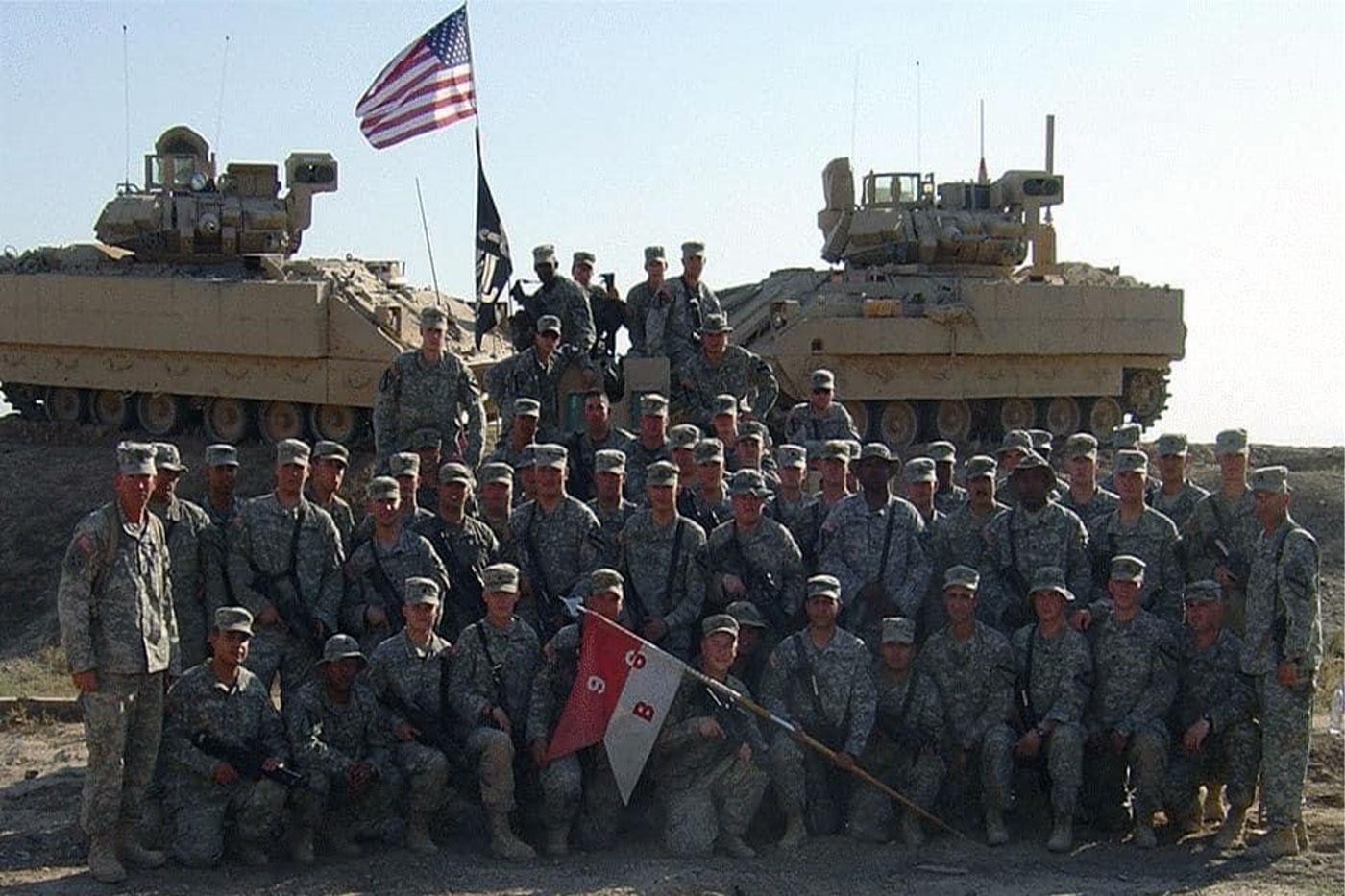
At the time, Baqubah, the provincial capital, is a key insurgent stronghold, and U.S. forces conduct major operations there. The QRF assignment is to check on the report of an IED (improvised explosive device) being placed on a main supply route.
There are nine people on the mission. He rides on the back bench in the crew compartment of a Bradley – a tank-like vehicle. His vehicle is at the back of a column formation, with another Bradley at the front and an EOD (explosive ordnance disposal) vehicle in the middle. As is his habit, his feet are propped up on his medical supplies and bags in front of him; he feels a bump.
“So, they (the drivers) would say, jokingly, they ran over a pothole. They would threaten us with running over potholes because, you know, that's where IEDs were. Our Bradley drivers were some kind of crazy,” Dotson explains. “But I remember him calling back, ‘I think I hit something,’ and next thing I know I wake up.”
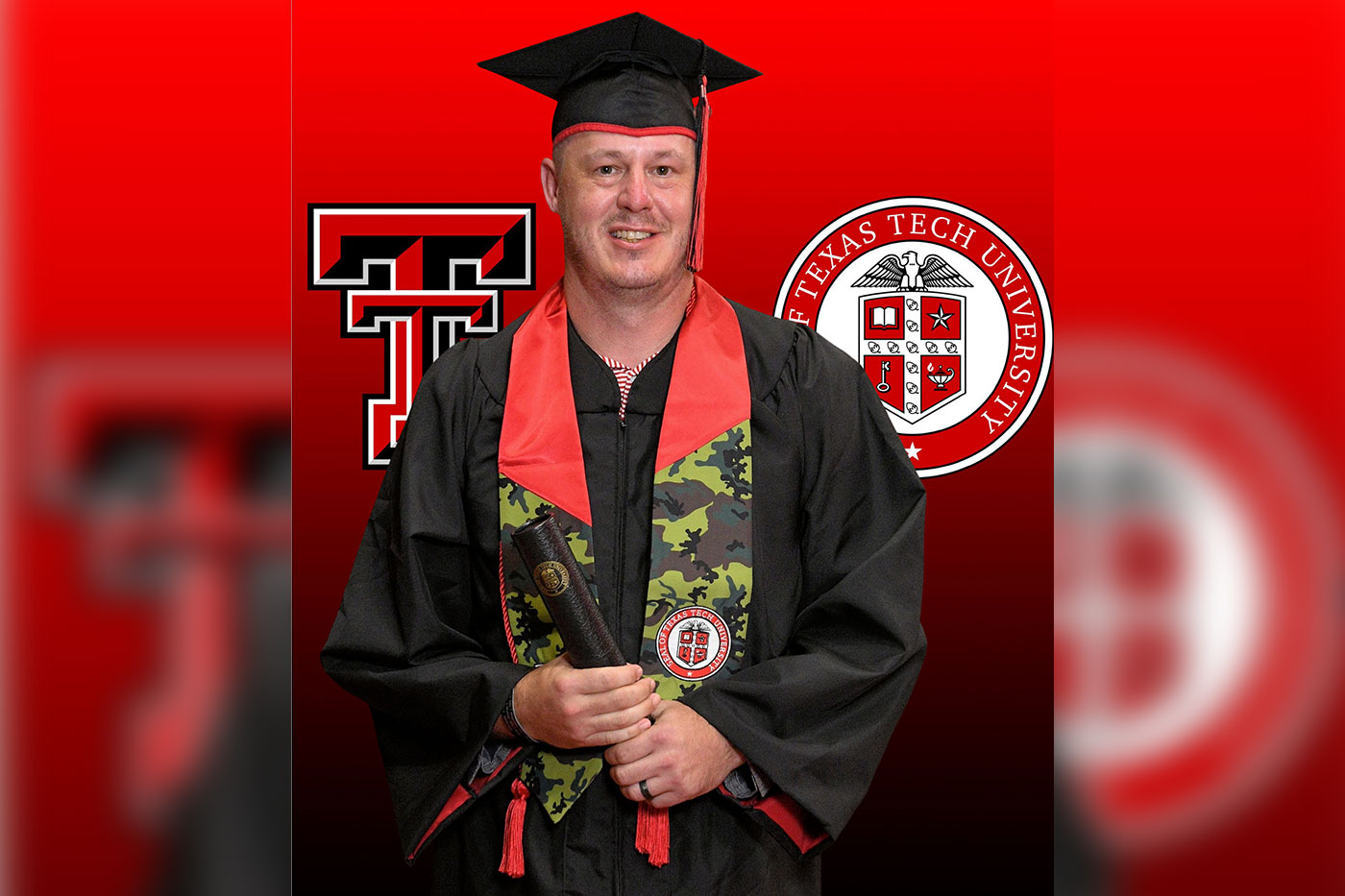
In August 2025, 18 years later at age 44, Dotson graduated summa cum laude from Texas Tech University through Texas Tech Online’s $10K Degree Completion program. Offered in part at Texas Tech DFW, he earned an Online Bachelor of Science in Leadership Studies with concentrations in Human Resource Development, Integrative Studies and Organizational Leadership.
The Purple Heart
“I’m awake for only an instant, and I’m laying outside of the Bradley, hearing gunshots. I hear the 25 mike mike (25 mm. cannon) of the Bradley going off, and I hear people yelling. And then I don't remember anything after that.”
The somethings they hit were actually two propane tanks containing 500 pounds of high explosives buried under the Bradley, which detonated directly underneath the crew compartment. Dotson lost his left leg, and his right leg would require surgery to save the limb from being removed. He lost part of his right thigh. Out of the nine on the mission, the EOD tech and he were the only two with physical injuries.
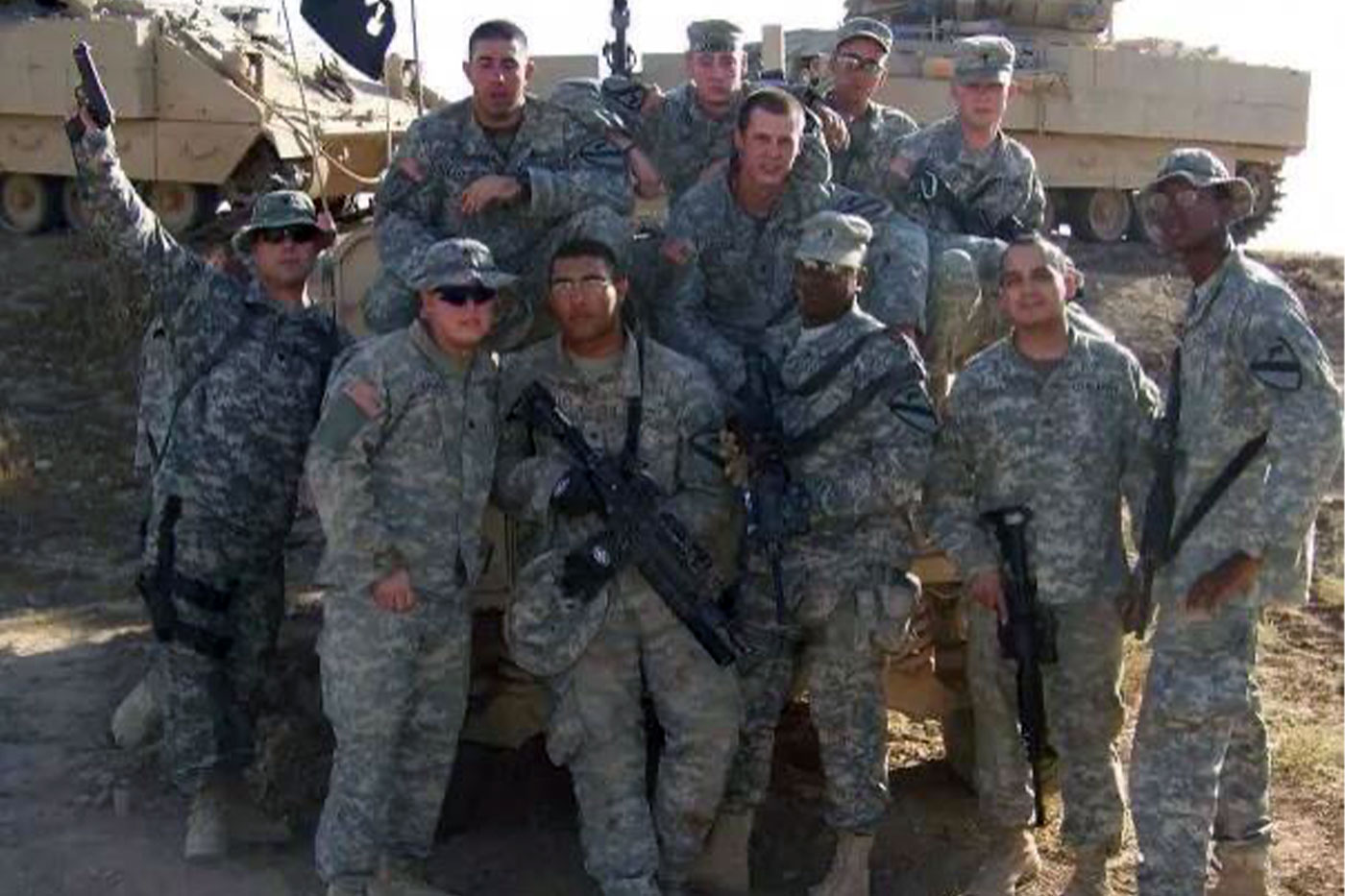
From the reports Dotson read and from some of his guys who reached out to him after the fact, he knows the IEDs blew up directly underneath his feet. He actually developed that habit of sitting with his medical gear underneath his legs because he’d been involved in several IEDs before that never “got him.”
“The next memory I have is waking up in a hospital at Anaconda, which was a huge military post. The first thing I see is our colonel, Colonel Sutherland. He comes over and pins the Purple Heart to my pillow,” Dotson recalls. “I didn’t know yet how bad I was; I was all dosed up on morphine. We sometimes describe the Purple Heart as a ‘good-plan-that-went-bad’ award.”
His next stop was Germany for five days. The medical team put him into a coma because of all the debridement they were doing on his body. He had shrapnel everywhere; of course, his legs were torn up, as well as his head. He was missing teeth and part of his face was pulled up. He now has a large scar under his jaw and of course, a prosthetic on his left leg.
In those five days, Dotson thinks they said he had 36 surgeries.
His Crazy, Weird Life
Dotson never let the months of hospitalization, dozens of surgeries and endless hours of rehab get in his way of making the most of his life, which he laughingly describes as weird and a little crazy.
He was born into a family with a father who he said had mental health issues, which created challenges. He is the oldest of four siblings – two sisters and a brother. He and the older of his two sisters are less than a year apart, making them the same age for part of the year. The family bounced around a lot, living in Tennessee, Florida and several more places in southern Illinois, which he still calls home.
“Nashville was a good little journey when I was younger,” Dotson recalled. “We lived in public housing in the middle of the city, and my mom worked at the Grand Ole Opry. She was really the one who raised me, working three or four jobs when we were kids just to get us through.”
At 17 he moved out of his family's house, bought his own place, finished his last two years of high school on his own and signed up for the Army.
“I don't want to say ‘conned,’” Dotson grinned, “but I conned my father into signing papers so I could join the Army Reserves when I was 17; I had been informally emancipated from my family. I lived about an hour and a half away from them.”
Dotson also was a high school basketball player, getting a scholarship offer his senior year. That summer he broke his ankle, and he says, instead of doing the “smart thing and red shirting,” his pride got the best of him, he went active duty in the Army.
His first deployment was to Iraq in 2003 and 2004. He was reclassified to a medic in late 2005, after a 16-week course in combat medicine at Fort Sam Houston in San Antonio and other certification classes. During that time, he earned both his EMT and his paramedic licenses. He deployed the second time in 2006.
In 2007, before Dotson’s IED episode, he married his first wife, with whom he had three daughters.
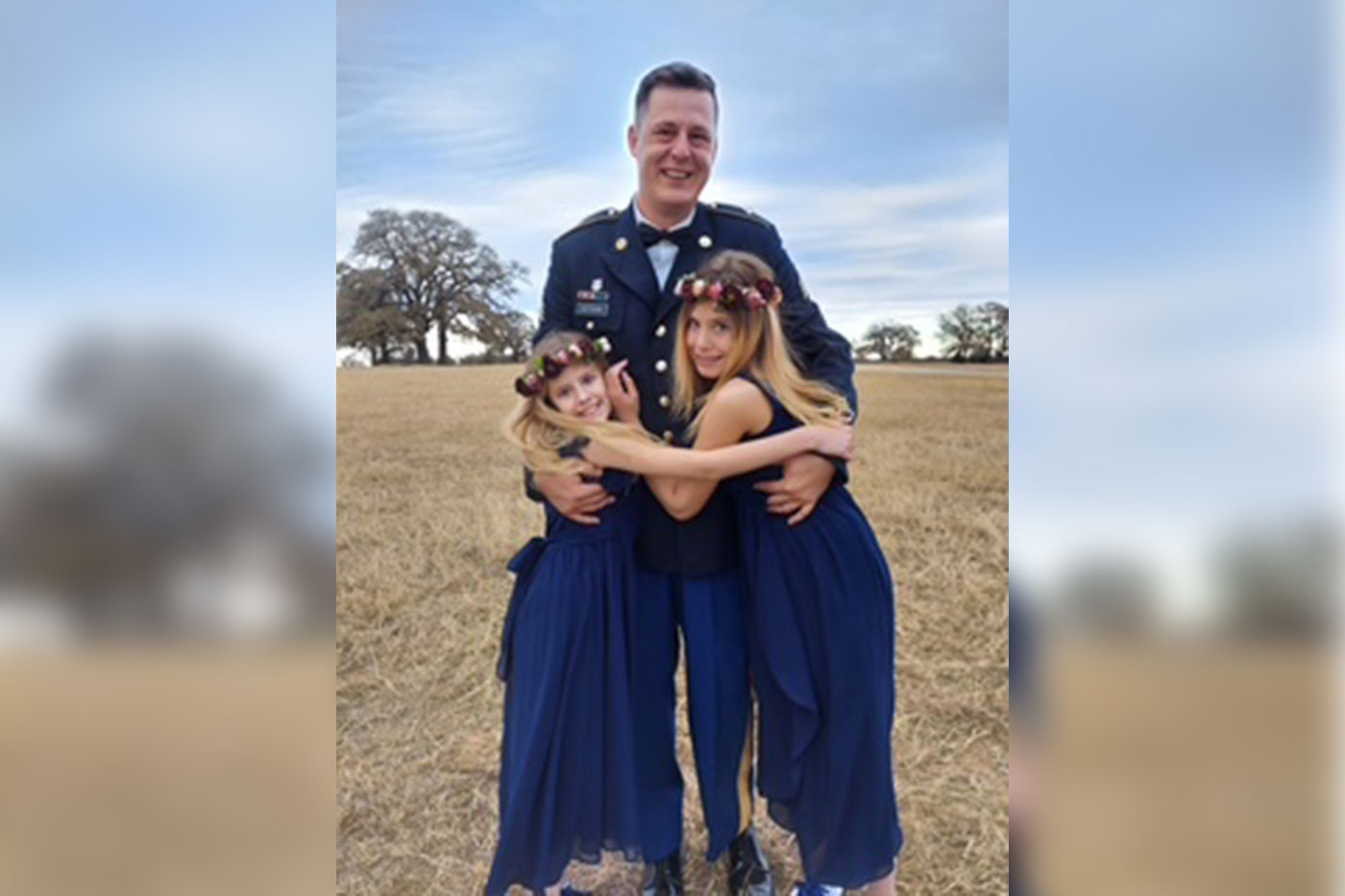
That brought the story back to July of that year, when, on the one day he re-enlists indefinitely to try to go to selection for Special Forces.
“And the next day I get blown up,” Dotson says.
Even after all the rehab, learning to walk again and "all that stuff,” Dotson was ready to go back. But due to his injury, the Army medical board wouldn’t let him stay on the line.
“I was on the line my entire career as a medic,” Dotson said. “I didn’t want to work at the hospital, as medics in the army in the hospital aren’t very high on the pecking order, so I decided to retire from the military.”
Dotson started working, doing peer visits with a prosthetics company in Austin and going to school fulltime. He attended a junior college, transferred to Texas State and then to Park University in Austin. But he wasn’t making enough money to support his family.
Through a series of events and contacts, including the Wounded Warrior project, he got a lead on another position from a woman at a job fair. At the time, the U.S. was reducing forces in Iraq, but the war in Afghanistan was still hot and heavy.
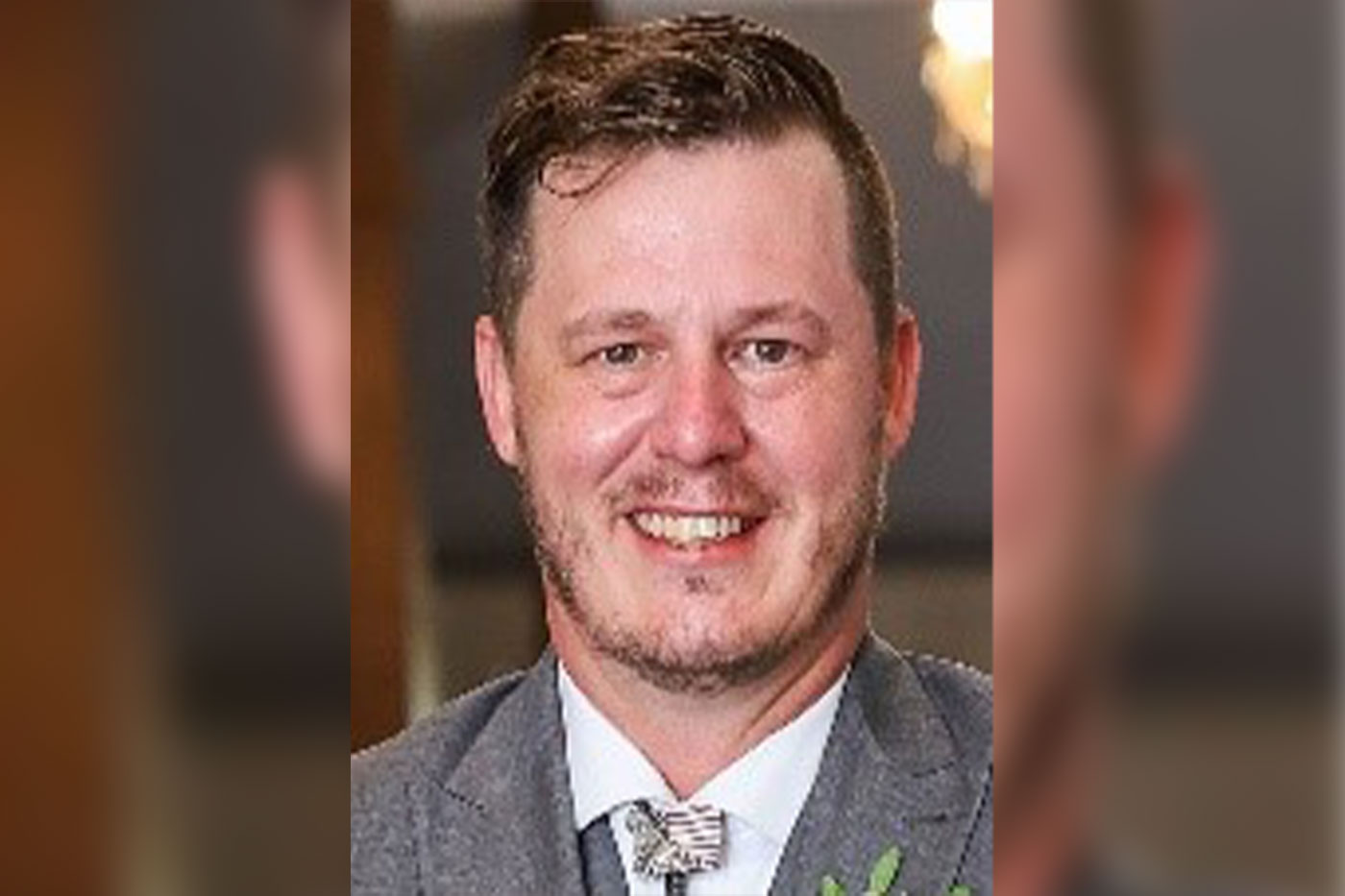
The company was Fluor, a large engineering and construction company with a division called Fluor Military Services. Fluor built and ran all the base camps in northern Afghanistan at the time. The job was in its casualty assistance area.
Civilian contractors would unfortunately perish, and they would need to be escorted home. That was the job that she had for him. Within two weeks he’d packed up his family, moved to South Carolina to a little apartment and started working. Fortunately, the job eventually changed from doing casualty assistance into country operations.
The army wouldn’t send him back to war, but a civilian company that builds base camps for the army would send him back. Crazy and weird. Dotson was able to get approved by medical staff in the U.S. government to go back to Afghanistan as an amputee to support his company.
He ended up teaching at the CONUS (Continental U.S.) Replacement Center where they would train people being sent from the states to Afghanistan to work for the company and operate in a combat zone.
The Education Journey
Throughout his early military pursuits, Dotson had been taking online classes. He had wanted to be a special education teacher and basketball coach. But after the first deployment, he got the military bug, or “itch.” He kept going back overseas, so he always did at least a little bit of school while serving. On active duty, he took whatever classes and got whatever certifications he could.
“At that time, it was important to me to have a degree so I could get rank because I was planning on retiring from the military,” Dotson said.
Dotson was still making his education a priority. Since a lot of military service personnel take online classes, there was a testing center where he could take the last final to complete his junior year of college.
Unfortunately, the little campus that was set up in Bagram got taken out by a mortar round the day before he was scheduled to take it. Weird and crazy. He came home shortly after that.
“I went through a divorce, so I didn’t re-enroll in school to finish it out,” Dotson confessed. “All I had left was student teaching at that time, so school got put on the back burner. I moved back to Texas to get custody of my children and then started working in the office for Fluor.”
Dotson will celebrate his 13th anniversary with the company this month. He works in contract management, has project experience in the field, and he works heavily in the data privacy and security spaces.
The Road to Raiderland
Dotson’s path to becoming a Red Raider was a short one, compared to the rest of his weird, crazy life. He met his current wife, Chrissy, through a friend group several years ago. She happens to have three degrees from Texas Tech.

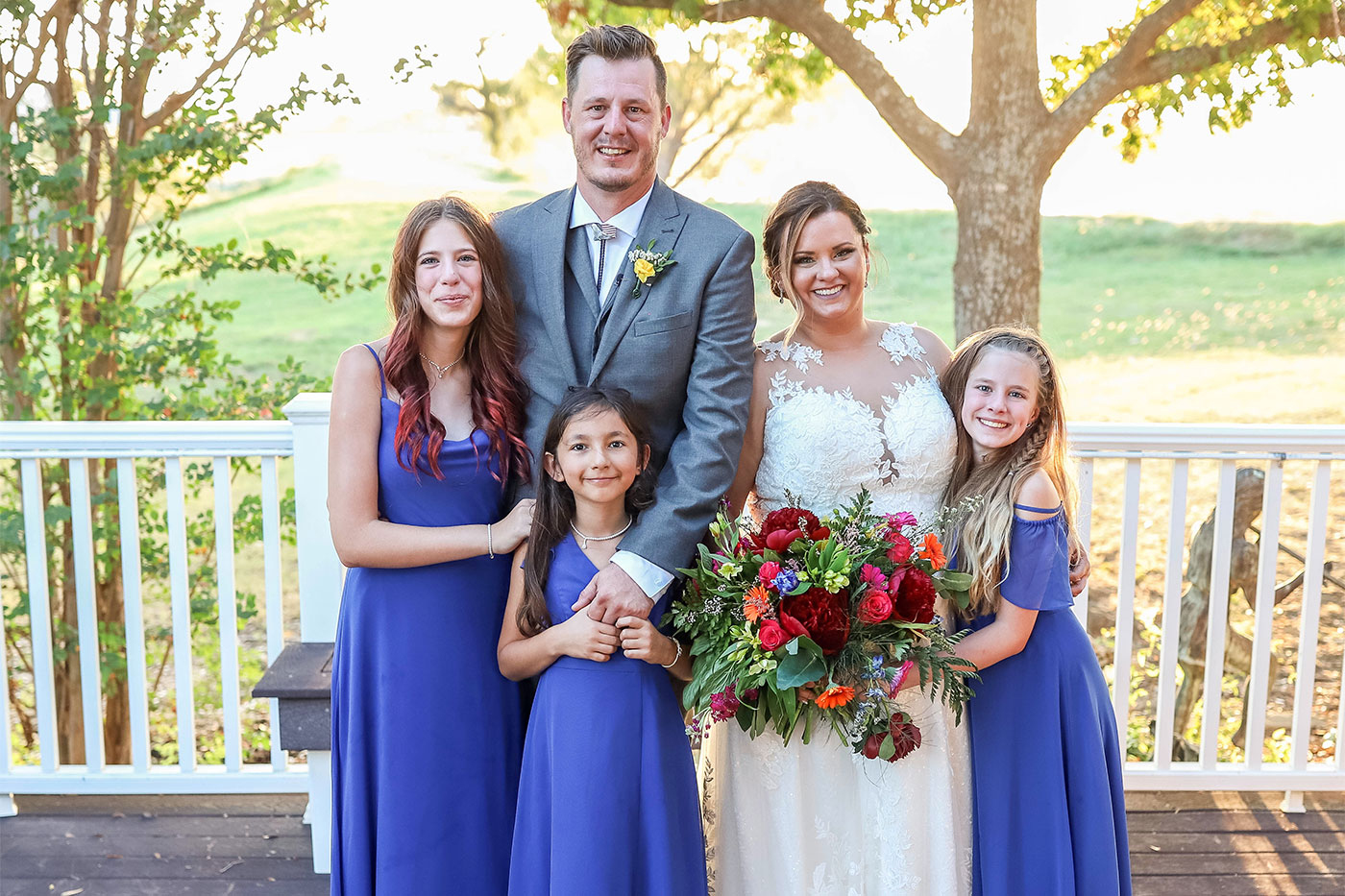

Chrissy graduated with a bachelor’s degree in biology in 2007, followed by a master’s-level accelerated nursing program at Texas Tech University Health Sciences Center (TTUHSC) in 2012-2013. She elevated her training from 2018 to 2020 with another master’s at TTUHSC as a family nurse practitioner but didn’t get to walk because of the impacts of the COVID-19 pandemic.
“I’m from North Texas, yes, but my dad and all his brothers went to Texas Tech, so that’s kind of where it started,” Chrissy said, smiling with pride. “He took me to a couple of football games when I was in high school, and so, I’ve always been a Red Raider.”
One of the first things Chrissy ever bought Dotson was a Texas Tech T-shirt.
“For as long as I’ve known him, he’s talked about wanting to finish his degree,” Chrissy continued. “He was very close, he had a lot of credits, and I had looked at his transcript, and was like, ‘You know, we could definitely finish your education, but it would be hard for you to do student teaching while working and juggling a family.’”

The couple has a 2-year-old boy and his three daughters – 16, 15 and 11. With a junior and a sophomore in high school starting to look at colleges, Dotson admits it was kind of hard to impart to them how important college is when he himself hadn’t finished his degree.
“I was sitting at my desk one day negotiating an agreement with a major health insurance company, and I get a text from my wife,” Dotson remembered. “It was the Facebook post for Texas Tech’s 10K program.”
Chrissy took him to an information session at Texas Tech DFW.

Dotson clearly recalls the moment he knew becoming a Red Raider was the right path and that the $10K program was real, legitimate and doable. There was an open house. He met with all the people, staff, faculty and an advisor who assured him he didn’t have to do anything to start but come to four microcredential courses for free, in Irving, practically in his backyard.
“The advisor pretty much promised that after that, I was going to want to finish,” Dotson said, excitement bubbling up in his voice. “They would take all my stuff – 13 years of work at my company, military experience, all of my prior credits – and make it work.”
Learning that after the microcredentials it would only take two full semesters plus a summer session, it would be considerably less than $10K – and he wouldn’t have to travel to Lubbock for any of it – he knew it was too easy not to do.
He started the microcredentials in August 2024.
“Greg’s the type of person who doesn’t have a stop button, he doesn’t have a quit button. Once he got started, there definitely would be no way to change that, which was great,” she said enthusiastically. “I fully supported him all the way through, but I was excited when he even considered Texas Tech. I don’t know if I would have given him a choice.”
That’s not to say there weren’t struggles. Not academically, but as a family. Chrissy describes that period as “a lot of work,” especially the summer sessions.
“He was bound and determined to finish by the next August,” she said, “There were certainly a lot of late nights, him staying up to finish assignments so that we would have time together as a family on the weekends. He made a lot of sacrifices.”

After his experience, Dotson would highly recommend the $10K program to anyone in his position.
“I mean, I just turned 45. I have four children, a full-time job I work 60 hours a week, and I was still able to finish college,” he said, still with a bit of disbelief.

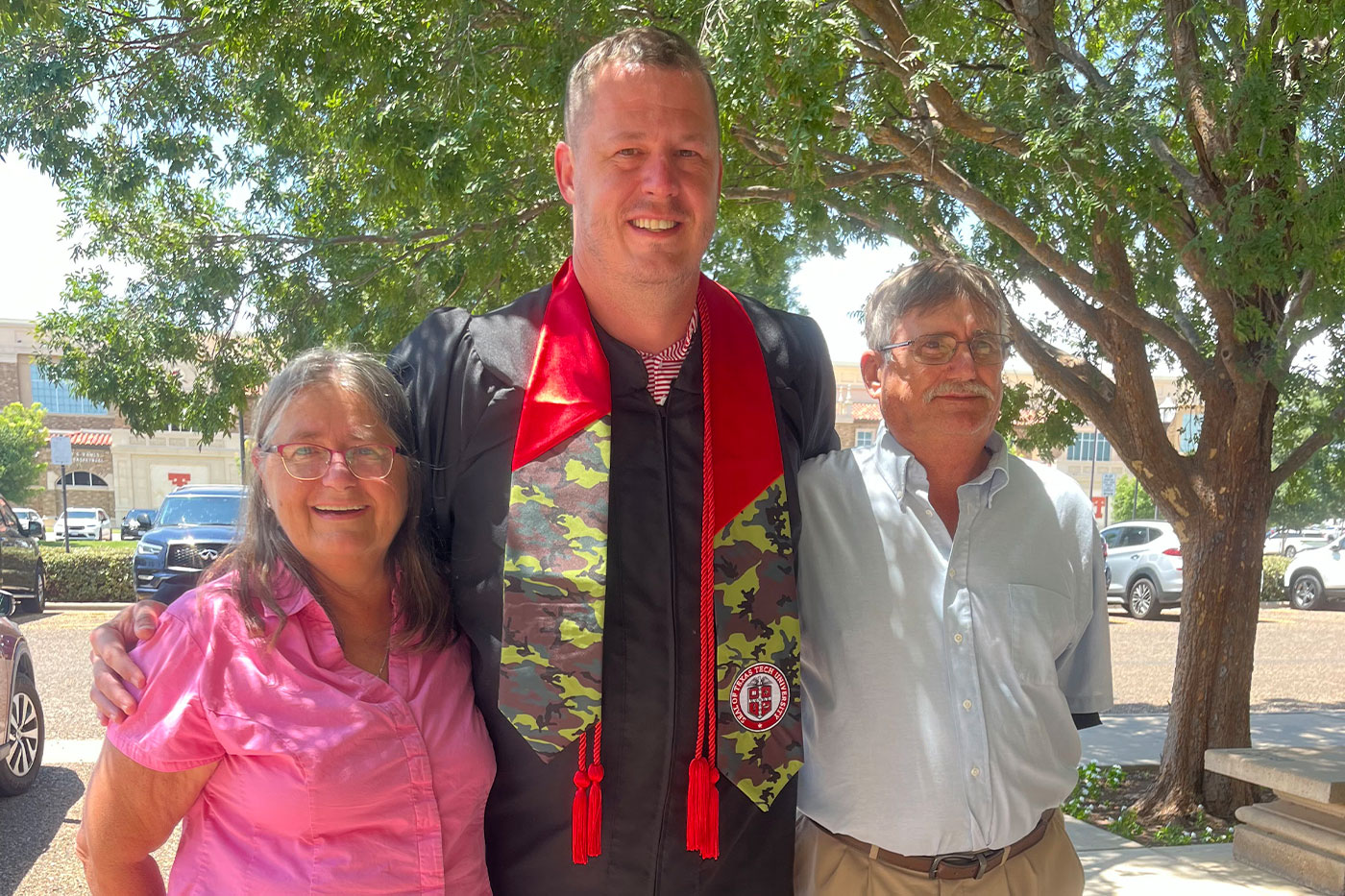
Dotson says one of the important things he and his fellow students talked about was walking the stage at graduation and seeing so many of their peers able to do the same.
“Having the opportunity to walk was huge for us,” Dotson said, his eyes sparkling. “With a lot of other online programs, you don’t get the opportunity to do that. It was a big deal. Also, I easily met 10 to 15 people who I’d either started the program with or who had been there at the same time, just on different schedules. It was super cool.”
And as if Dotson surviving all that he has in his crazy, weird life wasn’t proof of his fortitude to do so, Chrissy says Texas Tech made it easier for him to close the book on an unfinished chapter.
“Texas Tech providing the opportunity with the 10K program made it a lot more feasible and a lot more possible for him to achieve this goal that he’s had for so long.”
Find out more about Texas Tech Online’s $10K Degree Completion Program.

